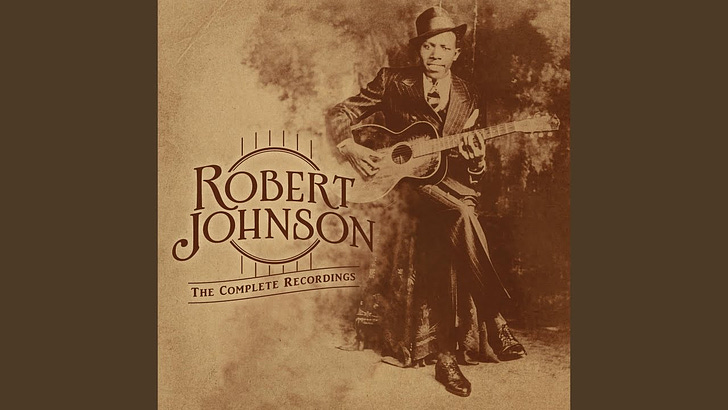I just spent a week near the beach on an island stacked with dreadful history, the kind of tragic story that fascinates me as a very American novel. Galveston is named for the Spanish general / governor of Louisiana and clandestine ally to the American revolutionaries, Bernardo de Galvez. It was the home port of the slave trade of pirate Jean Lafitte, traded hands numerous times during the American Civil War, built a vast wealth as a crucial cog in the cotton trade and was decimated in 1900 by the worst natural disaster in recorded American history, The Great Storm, that destroyed most of its buildings and killed anywhere from 6,000-12,000 people. It’s a tiny little strip of land that lives in its history, and I love it there. The mixture of a grand faded glory, islanders living with literal ghosts (almost every building is expected to be haunted, which makes sense if you think of a town that was so filled with bodies after the storm that they were sometimes just buried them wherever they found them; everywhere you walk in the city could be over the dead), a reputation for debauchery…it’s charming in the messy and tragic-comic way that one roots for a character that has gone from rags to riches to rags again, but shrugs it off like a lost Jimmy Buffet song.
It seemed fitting that I took with me Greil Marcus’ Mystery Train: Images of America in Rock N Roll Music. I thought it was high time to read it, after always passing it over despite it’s lavish praise, because frankly, I don’t care about Randy Newman, and don’t want to read about The Band or Elvis, as written about in 1971. I’m only a few essays in, but have been happy to revisit Robert Johnson, whom it’s been decades since my initial but quick fascination with. And it felt fitting to read about him, the Texan of great myth, while in a town with hellhounds on its trail.
The lyrics to Me and the Devil Blues struck me as I read them, and thought about the complicated history of where I was, soaking up the coastal trade winds while surrounded by beach houses on stilts, scores of them with Trump & Blue Lives flags flapping in the wind similar to the flags found on the ships of centuries ago carrying the stock of human cargo or cotton and I could feel that maybe things weren’t so different even after all this time. Galveston was built on a relationship between overseers and the overseen, and in some ways that doesn’t seem to have changed dynamics. Black and Brown faces are seen doing the work, white faces are seen walking to the numerous gift shops and badly named bars offering shot specials. Trump flags are everywhere.
Johnson’s character in Me and the Devil Blues is resigned to his deal. He eschews redemption, acknowledging his sin and role in his fate for walking with his very human evils. Galveston walked with the devil, and also paid terrible tragedy. If any city sang the Devil Blues more, I’ve yet to visit it.
Like what I’m doing here? Let me know by suggesting it to someone else that may like it. Not into this song? Stick around for the next one, it may be what you didn’t know you needed! Remember, there are only two genres of music here at SERMONS!: good and bad, and I have too much to do to waste time on bad music




An addendum: Really, Galveston's tourism is not bound by racial dynamics, as I may have suggested - but outside of town, or the Seawall area, in places like Jamaica Beach or Sea Isle, it feels very different.